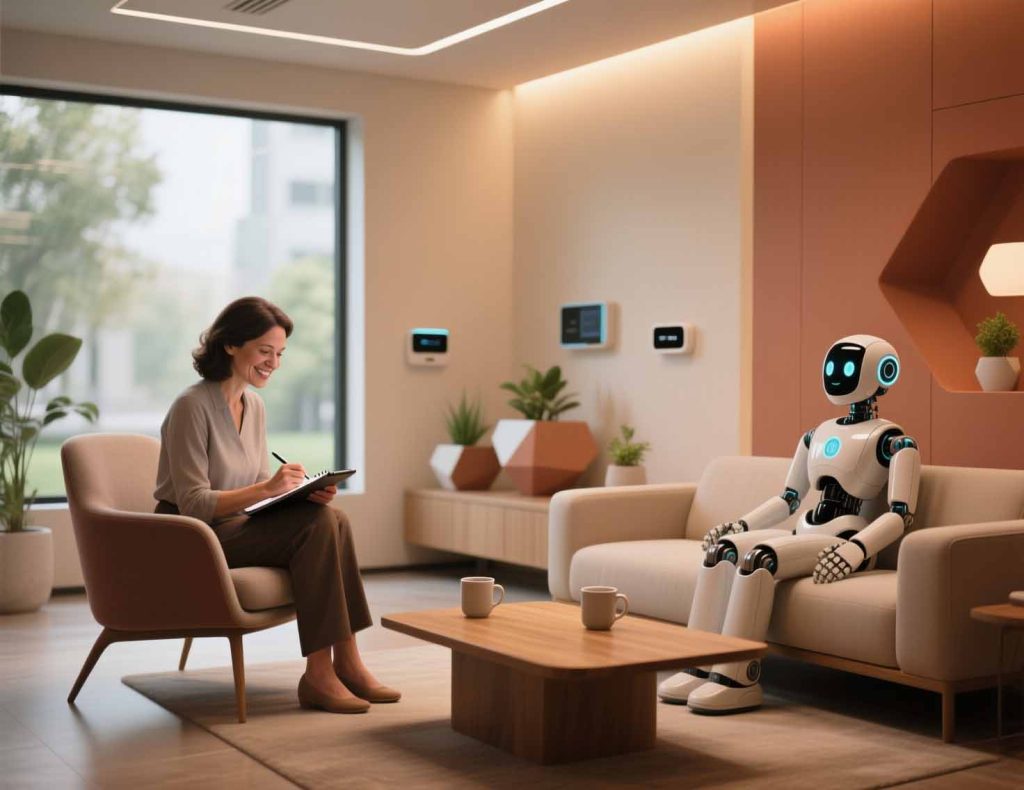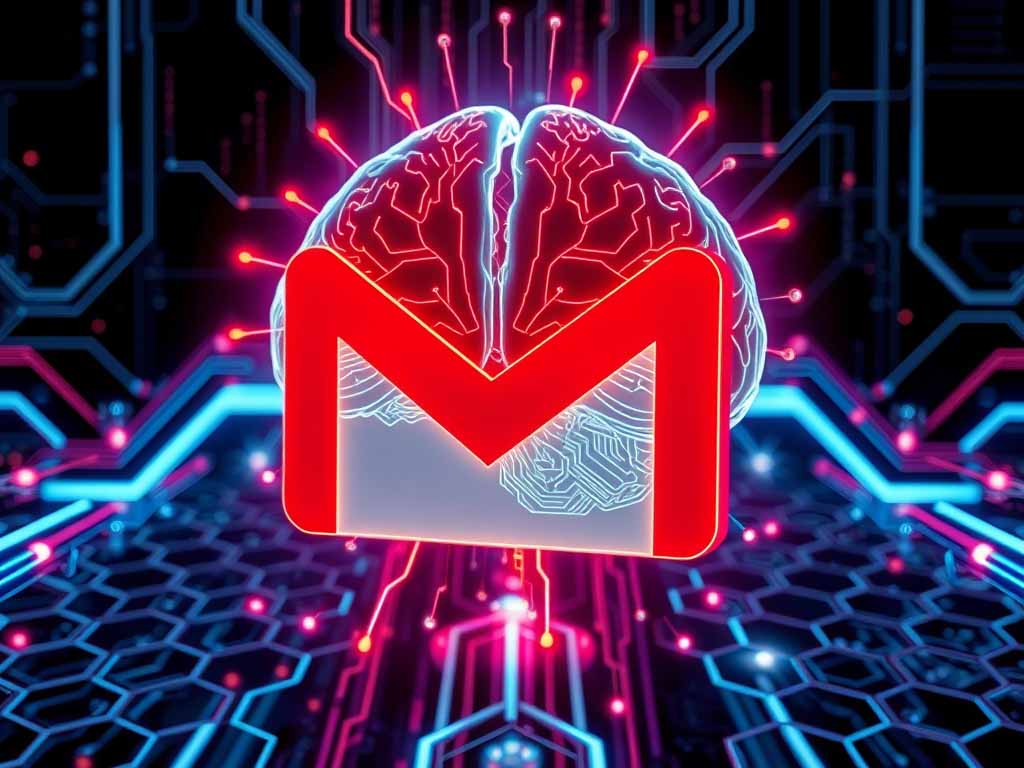Therapy has always been a deeply human endeavor. There’s the subtle nod, the pause that says, “I get you,” and that little smirk when you make a joke about life’s absurdities. Now imagine replacing that warm, caffeinated human presence with… a robot. Enter AI therapy—chatbots that promise empathy, advice, and emotional support at the click of a button. Can a machine truly understand the tangled mess of human emotions, or is this just the latest tech fad disguised as compassion?
The Rise of AI in Mental Health
AI therapy isn’t science fiction anymore; it’s in your pocket. Platforms like Woebot, Wysa, and Replika have been quietly taking notes on humanity, analyzing patterns, and responding to users with tailored advice. Think of them as the digital equivalent of a therapist who never sleeps, never cancels appointments, and never judges your obsession with rewatching old sitcoms.
The core technology is fascinating. These bots parse language, detect sentiment, and offer responses designed to soothe, motivate, or challenge your thinking. It’s behavioral psychology meets machine learning. Every message you send is an opportunity for the AI to “learn” you a little better. But here’s the twist: learning patterns is not the same as feeling emotions.
Where AI Therapy Gets It Right
AI therapy has some surprising strengths, especially for the modern world:
1. Availability 24/7
Your human therapist might be catching up on sleep, but AI never clocks out. Late-night panic attacks? Early-morning existential dread? The bot is ready with pre-programmed empathy.
2. Consistency
No mood swings, no bad days, no coffee-deprived grumbles. AI responds the same way to the same emotional cues every time, which can be strangely comforting.
3. Low-Stakes Practice
Not ready to share your deepest secrets with a human? That’s fine. AI offers a judgment-free zone. You can vent, experiment with coping strategies, or rehearse conversations without embarrassment.
4. Data-Driven Insights
Tracking mood patterns, sleep, and responses over time allows AI to spot trends faster than most humans could. It’s like having a tiny emotional detective in your pocket.
Where AI Therapy Falls Flat
But let’s not hand out the gold stars just yet. Humans are delightfully messy, and that’s where AI struggles.
1. The Empathy Gap
Sure, a bot can say, “I understand how that makes you feel,” but it doesn’t actually feel it. There’s no heartbeat behind the words, no subtle body language, no shared sigh when life gets ridiculous. Humans thrive on genuine connection, and a chatbot, no matter how clever, can’t replicate that spark.
2. Context Is King
AI can detect patterns, but it can’t fully grasp context. Did your coworker yell at you because of their stress, or because they secretly hate staplers? Humans read between the lines, notice inconsistencies, and pick up on subtleties that algorithms often miss.
3. Emotional Creativity
Therapy isn’t just problem-solving; it’s improvisation. Humans can throw in humor, analogies, even playful sarcasm to reframe a situation. AI is limited to what it’s been trained to say. Sometimes that means bland or oddly robotic advice—cue the accidental comedy.
Real-World Examples
Despite limitations, AI therapy has made a splash. Woebot, for instance, uses short, daily conversations to help users manage anxiety and depression. Wysa offers exercises inspired by cognitive behavioral therapy. Users report feeling supported, even when they know it’s a machine.
Interestingly, some people actually form attachments to these bots. They name them, celebrate milestones, and even argue with them over trivial life choices. It’s a strange mix of affection and amusement—but also proof that humans crave interaction, even with lines of code.
The Ideal AI-Human Hybrid
The future of therapy probably isn’t purely human or purely AI—it’s a blend. Imagine a world where AI handles mood tracking, homework exercises, and reminders, while human therapists focus on interpretation, intuition, and empathy. It’s the best of both worlds: bots for efficiency, humans for heart.
Think of AI as a teaching assistant in your emotional classroom. It grades the homework, flags the weak spots, and even cracks a joke occasionally—but the teacher, the human, is still in the room guiding the discussion, sharing wisdom, and laughing with the students.
The Ethical and Emotional Frontier
AI therapy also raises ethical questions. Privacy is huge—your deepest fears, anxieties, and secrets are being processed by a machine. How securely is that data stored? Who has access? And then there’s emotional dependency. Could some users start preferring bots over humans, limiting real-life connections?
The technology is promising, but like any tool, it requires balance. AI can help, but it can’t replace the messy, unpredictable, wonderfully human process of connecting, healing, and learning from one another.
Final Thoughts: Can a Machine Really Listen?
AI can provide guidance, reminders, and a listening ear 24/7. It can teach coping strategies, help monitor progress, and even lighten the emotional load. But the subtlety, nuance, and shared humanity of a real therapist? That remains uniquely human.
So yes, a robot babysitter might keep your child entertained, an AI coach might refine your sprint, and an AI therapist might offer helpful nudges—but the magic of human understanding, empathy, and connection? That still belongs to us.
Use AI as a companion, a helper, and a tool—but not a replacement. Your pain, your growth, and your laughter deserve more than code—they deserve a human touch, preferably one with a sense of humor.



